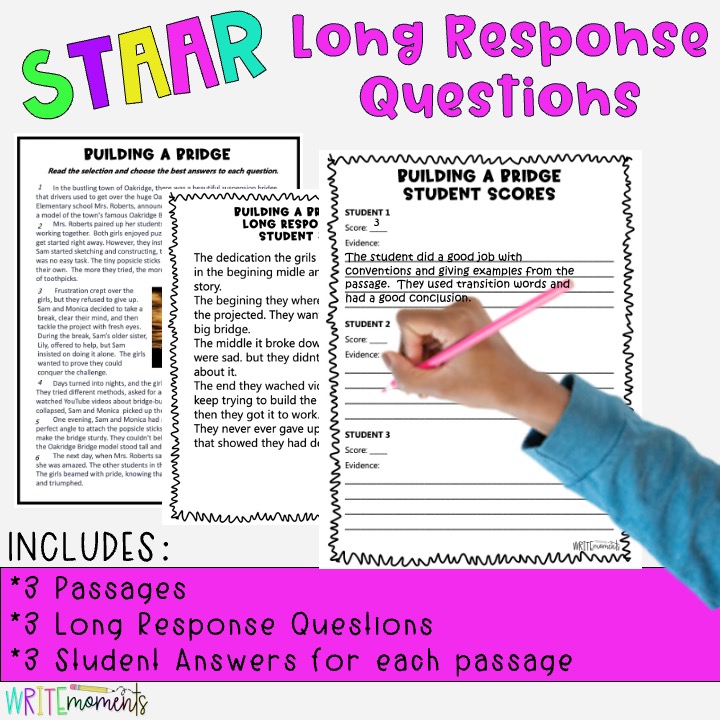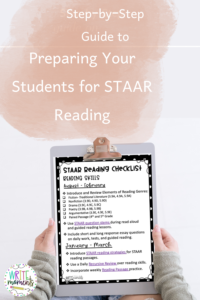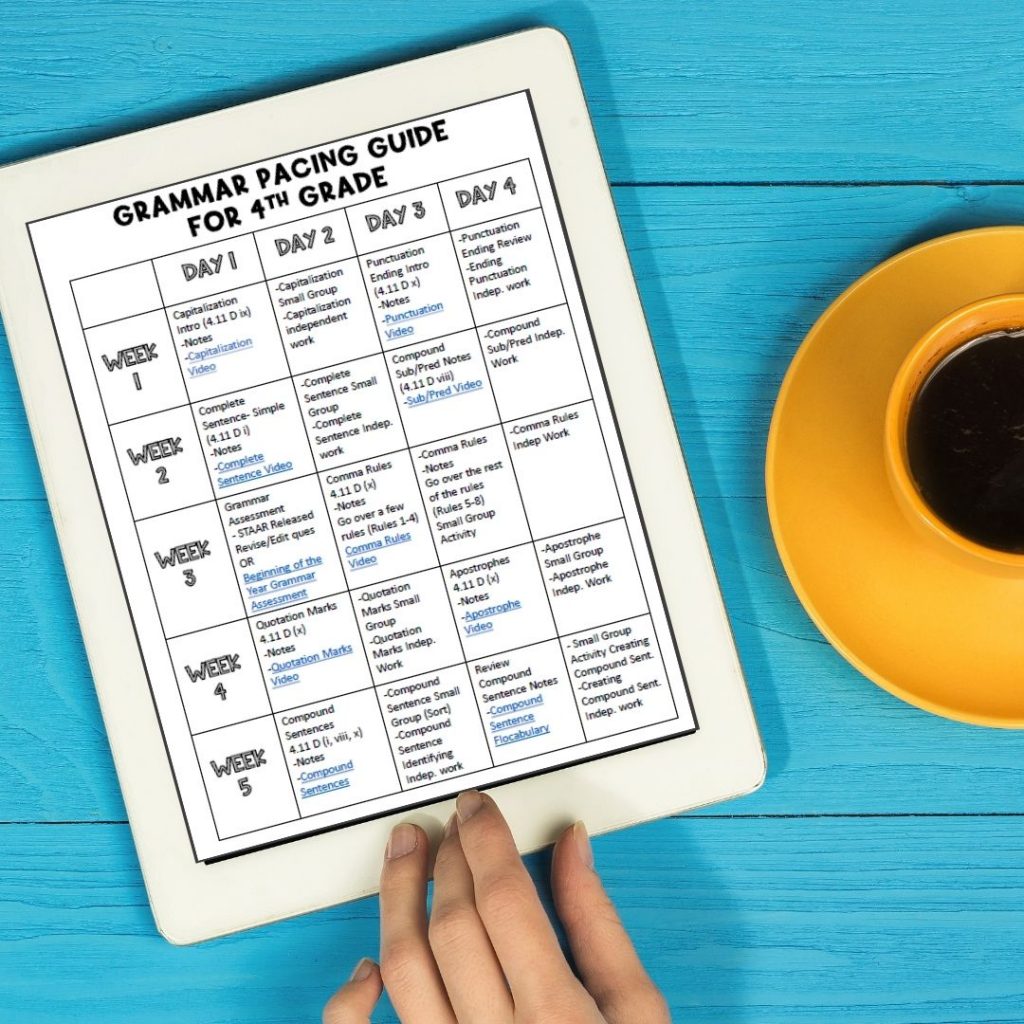The ECR (extended constructed response) is arguably the most difficult part of the STAAR Reading Test. Therefore, it is important to spend time introducing constructed response questions to your 3rd, 4th, and 5th grade students early in the school year.
Did you know that on the 2023 STAAR Reading test, 42% of third graders and 46% of fourth graders received a score of 0?
Incredibly, almost half of the 3rd and 4th graders in the state wrote nothing or were absolutely off-topic on their extended response questions.
How is the question scored?
The long response question is scored on a rubric. The highest score the question can receive is 5 points. That includes up to 3 points for content and 2 points for correct grammar, punctuation, capitalization, and sentence structure.
Each question gets scored by two people for a maximum score of 10 points.
As you can see, the extended response question is extremely important since it is worth 10 points while a multiple choice question is worth 1 and a short response question is worth 2.
It is important to introduce extended response questions early in the year and practice these types of questions often.
Here are a few ways that make introducing extended response questions to your 3rd, 4th, and 5th grade students easy:
Unpack the Rubric and Prompt
To begin your Constructed Response Strategies, start with breaking apart the question.
The extended response question is looong. The question takes up the whole page. It is important that your students are able to determine what is being asked.
Let’s take a look at the prompt. The first paragraph just asks students to read and answer the question.
Next, the second paragraph is where you will find the actual question that needs to be answered.
Finally, the rest of the page lays out how the question will be scored.
Reader’s Response Journals
Begin the year, by having your student free write about what they are reading in their Reader’s Response Journals.
Make it easy for them by giving them sentence starters such as I think, This reminds me of, I have a question about, My favorite part is, or I wonder why?
Students can write about any story the teacher has read aloud, stories they have read independently or read in small groups.
Model Constructed Response Strategies
Students do not naturally know how to answer text-related questions, and they definitely don’t understand how to use evidence to support their answers.
Frequently, pose questions about stories you are reading in class.
Be sure to demonstrate how to answer the question using complete sentences and finding evidence to support the answer.
There are a variety of Constructed Response strategies: RACE, CER, ACE, and more.
Pick one and teach it to your students. Then have them use the strategy when answering constructed response questions.
Also, let students know that not everyone’s answer has to be the same.
That’s the great thing about writing. As long as you are supporting your answer, it will be right!
Read Constructed Response Sample Answers
Finally, it will be helpful to read sample answers to extended constructed response questions to your students. This way they will understand what a score of a 5, 4, 3, 2, 1 looks like.
Where can you find sample answers?
TEA has released one sample answer for each extended response question on the 2023 STAAR Reading Test.
Additionally, you can create answers on CHATGPT. This awesome site will be able to quickly come up with mock answers as a 4th grader would answer.
If you’re looking for questions and student samples for your students to grade, check out this resource: STAAR Reading ECR Practice.
In summary, starting early and providing plenty of constructed response practice is key to helping your students be successful on the extended response question.
Looking for more STAAR Reading information? Check out these blog posts:
Answer the STAAR Essay Question







